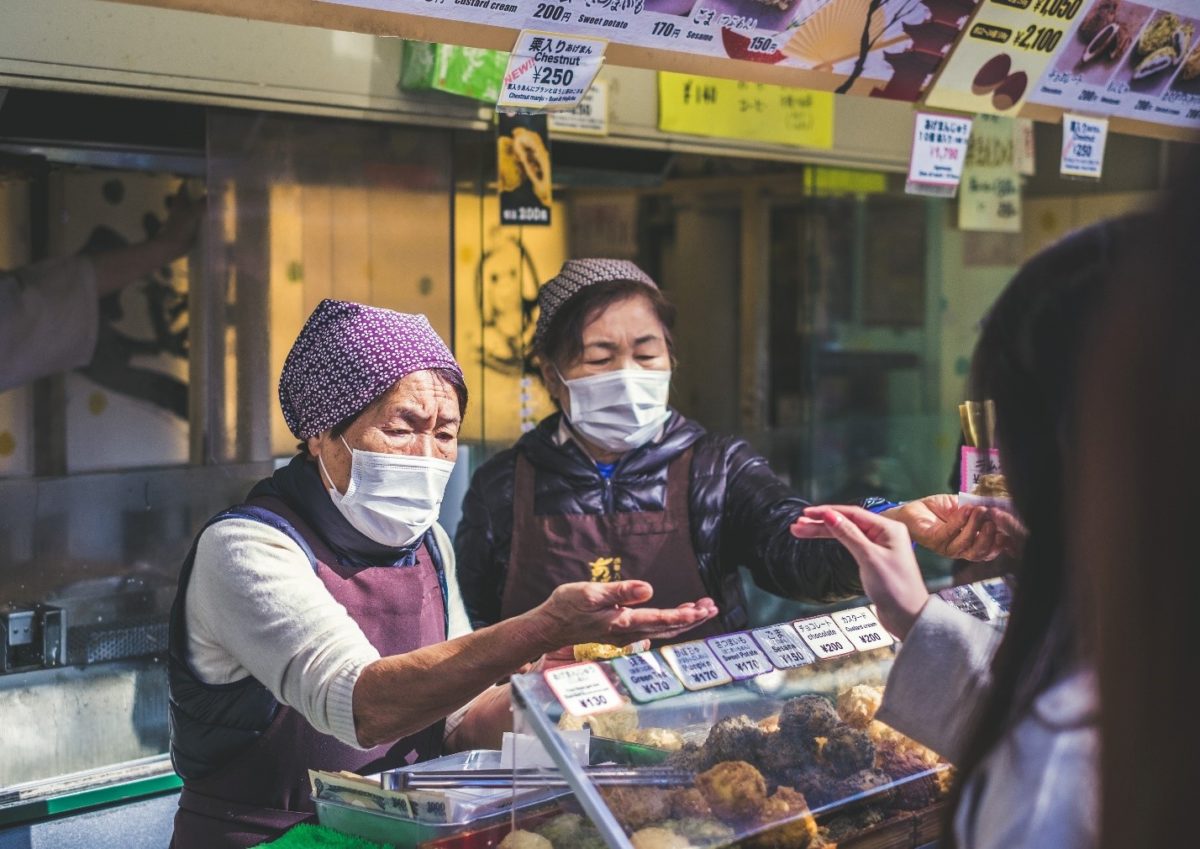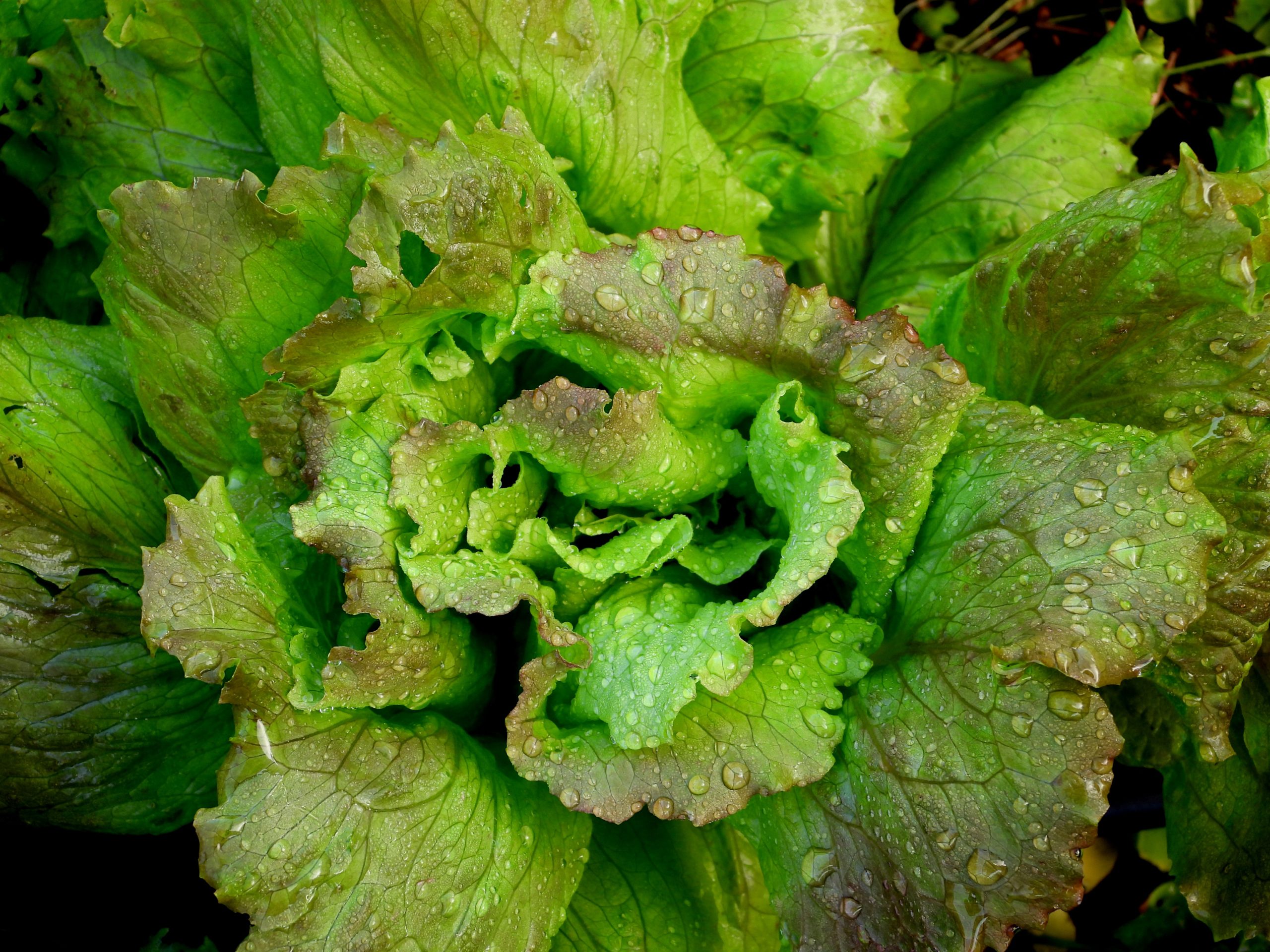There are several precautions we can take to stay safe in the age of coronavirus, including frequent handwashing, wearing a mask and practicing social distancing in public. Staying safe, however, does not include ingesting bleach, as Forbes reported. Yet, according to survey results published in the Centers for Disease Control and Prevention (CDC) Morbidity and Mortality Weekly Report (MMWR), 39 percent of the Americans reported doing high-risk things with household cleaners to avoid being infected with COVID-19.
A web-based survey was administered to a nationally-representative sample of 502 adults in early May, and the overall results indicated that many Americans are not using bleach for its intended purposes.
Four percent of survey respondents said they drank or gargled diluted bleach solutions, soapy water and other cleaning and disinfectant solutions. Other high-risk behaviors included trying to clean their hands or skin (18 percent) or misting their bodies (ten percent) with household cleaning and disinfectant products. There was also the six percent that have inhaled the vapors of such products.
But the most common high-risk thing to do, which 19 percent of respondents did, was apply bleach to food items such as fruits and vegetables. While it should go without saying, consumers should refrain from applying bleach – or any household cleaner, for that matter – directly to their food.
“This being a nationally representative sample means that the sample matches the US population in distribution of certain socio-demographics; in this case gender, age, region, race/ethnicity and education,” Forbes reported. So the results don’t necessarily indicate that 19 percent of the entire US population is using bleach on their food. The exact number may vary but anything aside from zero is cause for concern.
So far, evidence has been inconclusive as to whether it is possible to contract COVID-19 from contaminated food. Nevertheless, there are precautions to take to avoid bleaching food. These include wiping down food packaging and not the food itself, keeping kitchen surfaces clean and sanitized, washing hands before and after handling food and washing produce with clean water.
COVID-19 may not be the biggest worry when it comes to foodborne illness. Forbes reported that since 2017, the number of reported foodborne illness outbreaks has jumped, including outbreaks of Salmonella, E. coli and Listeria. Thus, practicing good food safety techniques is always important and will remain important post-pandemic.









Join or login to leave a comment
JOIN LOGIN